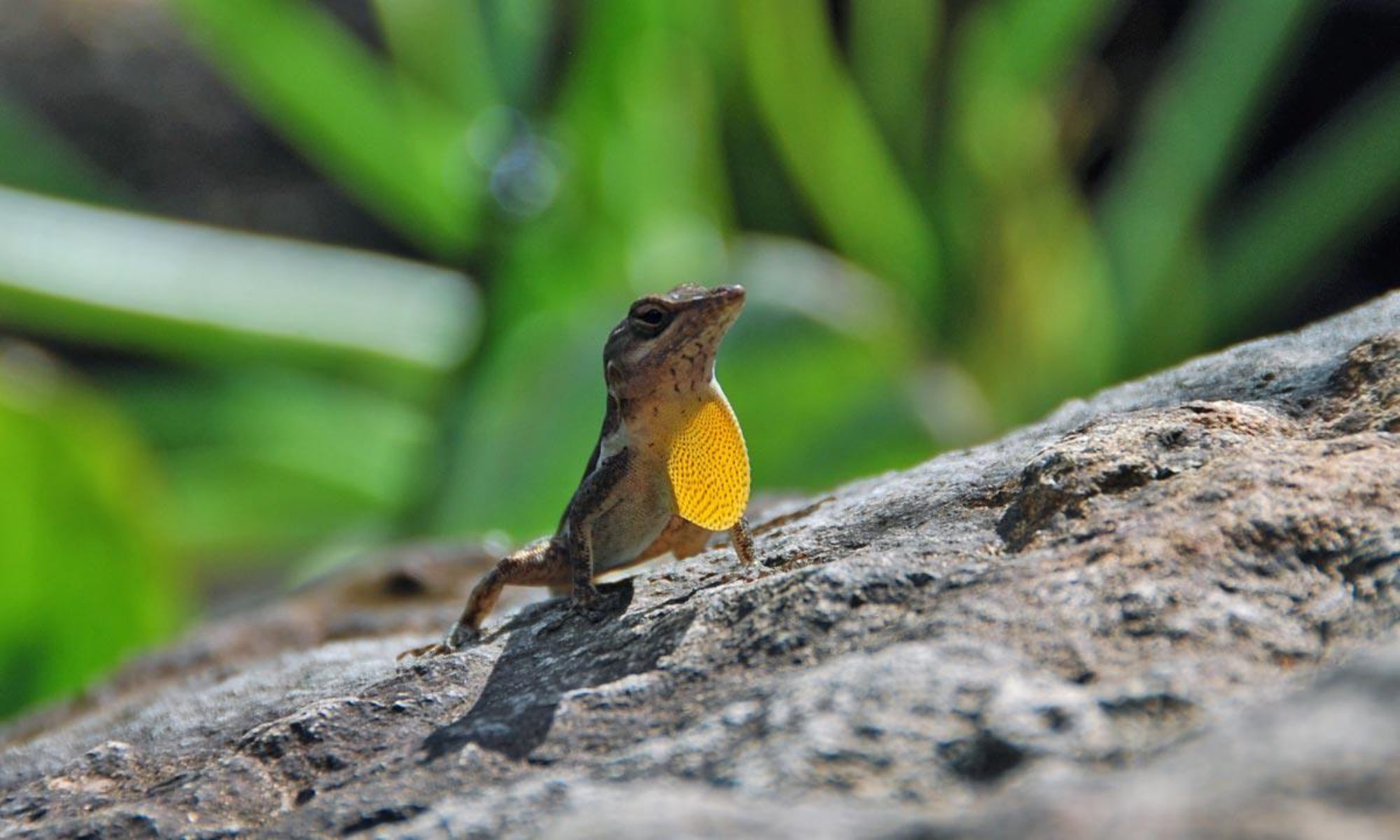 Whether you call St Maarten & Sint Martin home for a lifetime, a week, or even a day, Green SXM hopes to inspire you to make the best choices for the environment both in SXM and the world at large.
Whether you call St Maarten & Sint Martin home for a lifetime, a week, or even a day, Green SXM hopes to inspire you to make the best choices for the environment both in SXM and the world at large.
The island has recently gone through an unscheduled rebirth in the form of hurricane Irma in September 2017. While she caused untold destruction, nature came back first and with great abundance, and the island is slowly catching up. All business, foundations, and activities featured here are currently active and many are working hard towards a sustainable future with eco-conscious tourism at its core.







